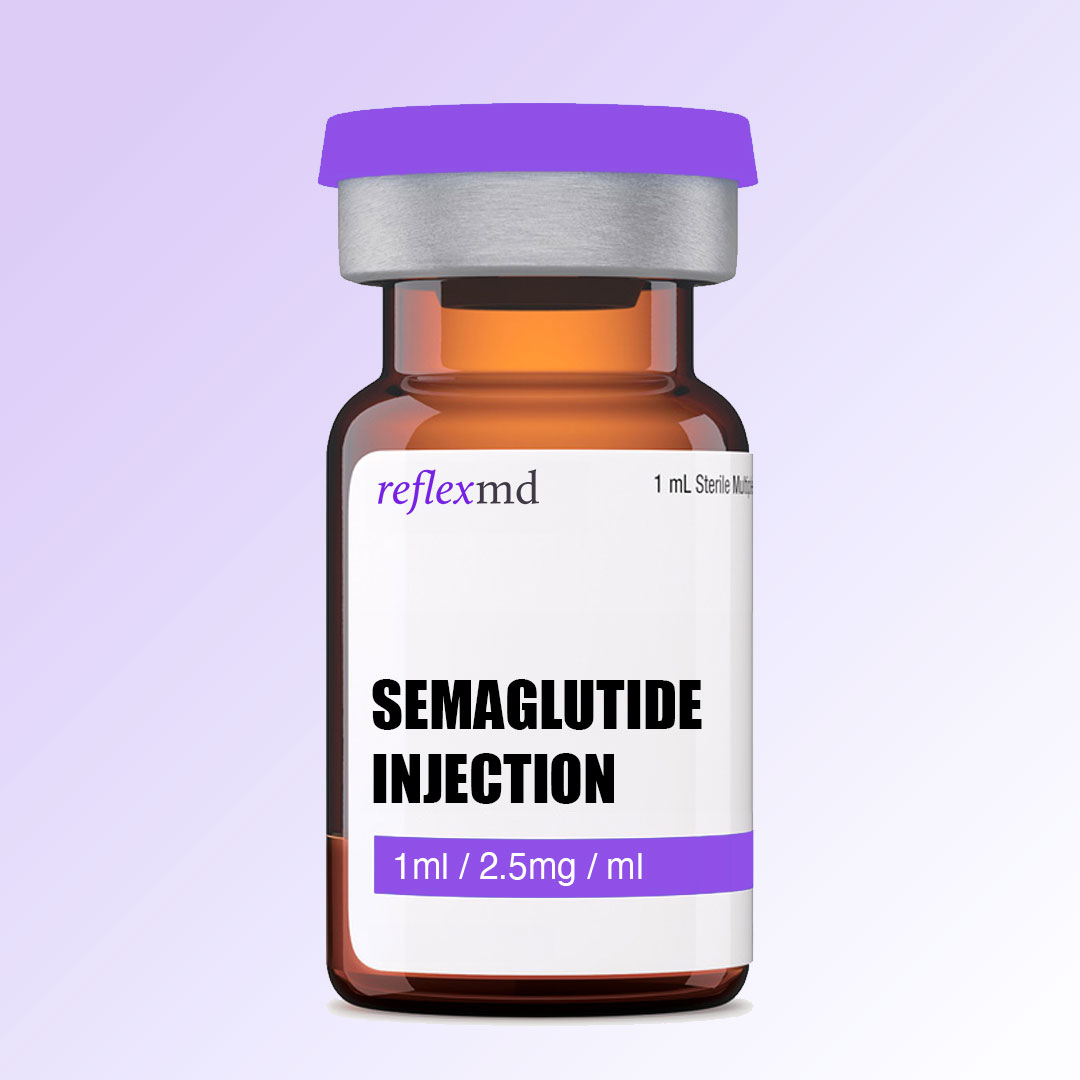
- +86-13363869198
- weimiaohb@126.com

Apr . 19, 2024 11:29 Rov qab mus rau npe
910463-68-2 Usage
910463-68-2 Kev siv
Description
Semaglutide, sold under the brand name Ozempic among others, is an anti-diabetic medication used for the treatment of type 2 diabetes and chronic weight management. Semaglutide acts like human glucagon-like peptide-1 (GLP-1) such that it increases insulin secretion, thereby increasing sugar metabolism. It is distributed as a metered subcutaneous injection in a prefilled pen, or as an oral form. One of its advantages over other antidiabetic drugs is that it has a long duration of action, thus, only once-a-week injection is sufficient.Uses
Semaglutide injection (Wegovy) is used along with an individualized low-calorie, low-fat diet and exercise program to help with weight loss in overweight adults who may also have high blood pressure, diabetes, or high cholesterol. Semaglutide injection is in a class of medications called incretin mimetics. It works by helping the pancreas to release the right amount of insulin when blood sugar levels are high. Insulin helps move sugar from the blood into other body tissues where it is used for energy. Semaglutide injection also works by slowing the movement of food through the stomach and may decrease appetite and cause weight loss.Biological Activity
Semaglutide (Rybelsus, Ozempic, NN9535, OG217SC, NNC 0113-0217), a long-acting glucagon-like peptide 1 (GLP-1) analogue, is a GLP-1 receptor agonist with the potential for the treatment of type 2 diabetes mellitus (T2DM).Mechanism of action
Semaglutide is a glucagon-like peptide-1 receptor agonist. It increases the production of insulin, a hormone that lowers the blood sugar level. It also appears to enhance growth of β cells in the pancreas, which are the sites of insulin production. It also inhibits glucagon, which is a hormone that increases blood sugar. It additionally reduces food intake by lowering appetite and slows down digestion in the stomach. In this way it reduces body fat.Side effects
Side effects including nausea, vomiting, diarrhea, abdominal pain, and constipation may occur. In people with heart problems, it can cause damage to the back of the eye (retinopathy). Side effects include kidney problems, diabetic retinopathy, allergic reactions, low blood sugar, and pancreatitis.in vitro
Semaglutide is selected as the optimal once weekly candidate. Semaglutide has two amino acid substitutions compared to human GLP-1 (Aib8, Arg34) and is derivatized at lysine 26. The GLP-1R affinity of semaglutide (0.38 ± 0.06 nM) is three-fold decreased compared to liraglutide, whereas the albumin affinity is increased.High Quality Sermaglutide Powder Semaglutide CAS 910463-68-2
in vivo
The plasma half-life is 46.1 h in mini-pigs following i.v. administration, and semaglutide has an MRT of 63.6 h after s.c. dosing to mini-pigs.Check Digit Verification of cas no
The CAS Registry Mumber 910463-68-2 includes 9 digits separated into 3 groups by hyphens. The first part of the number,starting from the left, has 6 digits, 9,1,0,4,6 and 3 respectively; the second part has 2 digits, 6 and 8 respectively.Calculate Digit Verification of CAS Registry Number 910463-68:
(8*9)+(7*1)+(6*0)+(5*4)+(4*6)+(3*3)+(2*6)+(1*8)=152
152 % 10 = 2
So 910463-68-2 is a valid CAS Registry Number.
Xov xwm tshiab
-
The Significance of Intermediate Pharma in Drug Development Is Crucial
Xov xwmJun.24,2025
-
The Role of Organic Intermediates
Xov xwmJun.24,2025
-
The Characteristics and Importance of Intermediate in Organic Chemistry
Xov xwmJun.24,2025
-
Reaction Intermediate in Organic Chemistry Plays a Crucial Role in Organic Chemistry
Xov xwmJun.24,2025
-
Pharmaceutical Intermediates Play a Critical Role in the Drug Manufacturing Process
Xov xwmJun.24,2025
-
Bulk Drug Intermediates Are an Essential Component in the Production of Various Drugs
Xov xwmJun.24,2025
